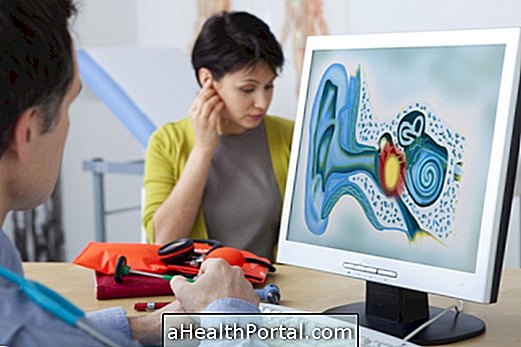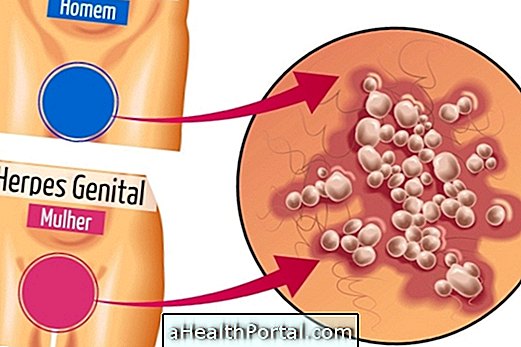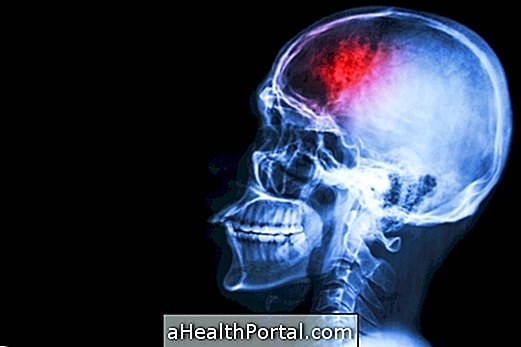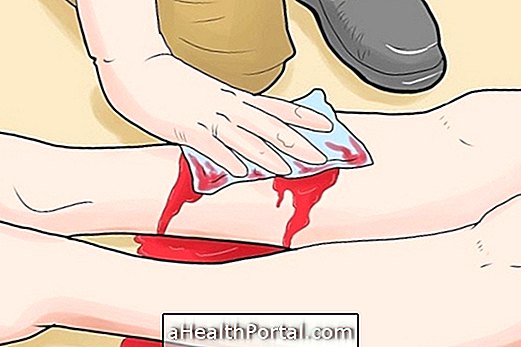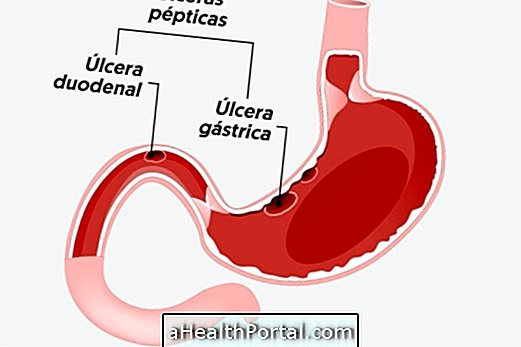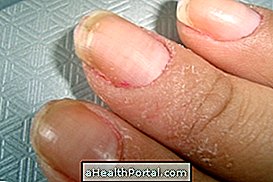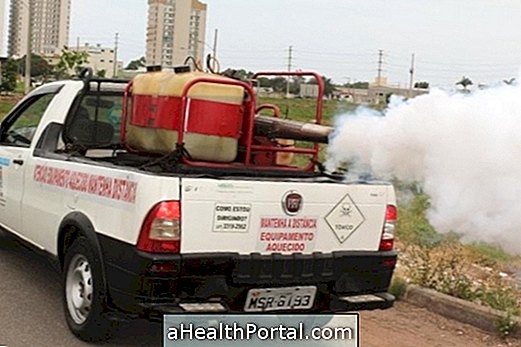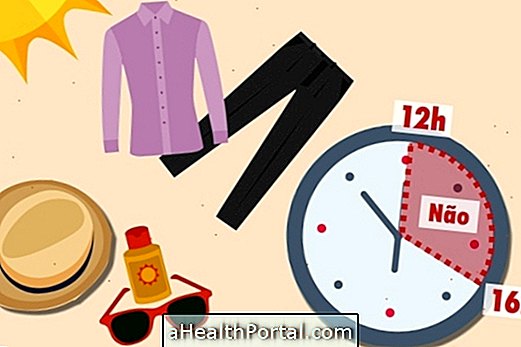The main symptoms related to Cushing's Syndrome are accumulation of fat in the abdomen, back and face, in addition to the appearance of wide and red striae and purple spots on the body. In addition to these symptoms, there may be some conditions associated with the condition, such as hypertension, osteoporosis and diabetes.
The diagnosis of this syndrome is made by the endocrinologist based on the symptoms presented by the patient and the laboratory and imaging exams, such as urine, blood, saliva and magnetic resonance imaging, for example.
Cushing's syndrome is a disease characterized by the high concentration of the hormone cortisol in the bloodstream, which may be due to chronic use of corticosteroids or presence of tumor in the pituitary, leading to a deregulation in the production of this hormone. Understand what Cushing's Syndrome is, causes and how treatment is done.
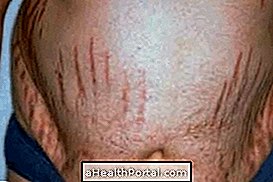

Main symptoms
The main symptoms related to Cushing's Syndrome are:
- Large, round, reddish face, known as full moon;
- Rapid weight gain;
- Excessive fat accumulation in the abdominal region and upper back;
- Fingers of the hands, hands and feet thin compared to the body;
- Red or purple streaks on the skin, especially in the abdomen, thighs, breasts and arms;
- Fine skin, with bruises and purple spots common;
- Difficulty in healing wounds;
- Oily skin prone to acne;
- Irregularities in the menstrual cycle;
- Appearance of hair on the body and face of women;
- Impotence, decreased fertility and libido in men;
- Tiredness;
- Anxiety attacks that arise suddenly;
- Irritable bowel syndrome;
- Increased pressure, leading to hypertension;
- Increased blood sugar, leading to the development of diabetes;
- Weak bones and increased risk of fractures, causing osteoporosis.
Generally, several symptoms appear at the same time and are most common in patients with diseases such as arthritis, asthma, lupus or after organ transplantation and who take corticosteroids for several months in high amounts. In the case of children with Cushing's Syndrome, slow growth, with low height, increase of facial and body hair and baldness can be noticed.
How is the diagnosis made?
In order to know if the person has Cushing's Syndrome, it is necessary to evaluate the amount of cortisol and ACTH hormones that circulate in the body and to measure their amount it is necessary to do a 24-hour urine test, saliva test and blood test. Understand the result of the ACTH exam.
In addition, the physician may recommend a dexamethasone stimulation test, which is a medicine to be taken as directed by the physician, to stimulate the functioning of the pituitary gland and thus assist the diagnosis. Due to the use of dexamethasone, it may be recommended that the person be admitted to the hospital for about 2 days.
In order to verify the presence of tumor in the pituitary gland, the doctor can request to perform computed tomography or magnetic resonance, for example. In many cases, it is necessary to repeat the tests to confirm the diagnosis and start the correct treatment, because some symptoms are common to other diseases, which can make diagnosis difficult.
How is the treatment?
Treatment for Cushing's Syndrome varies according to the cause of the disease, and it is usually recommended to decrease the dose or suspension of the corticosteroid medications according to medical advice.
In the case of the presence of tumor, the most indicated treatment is the removal of the tumor by means of a surgical procedure followed by radiotherapy.
